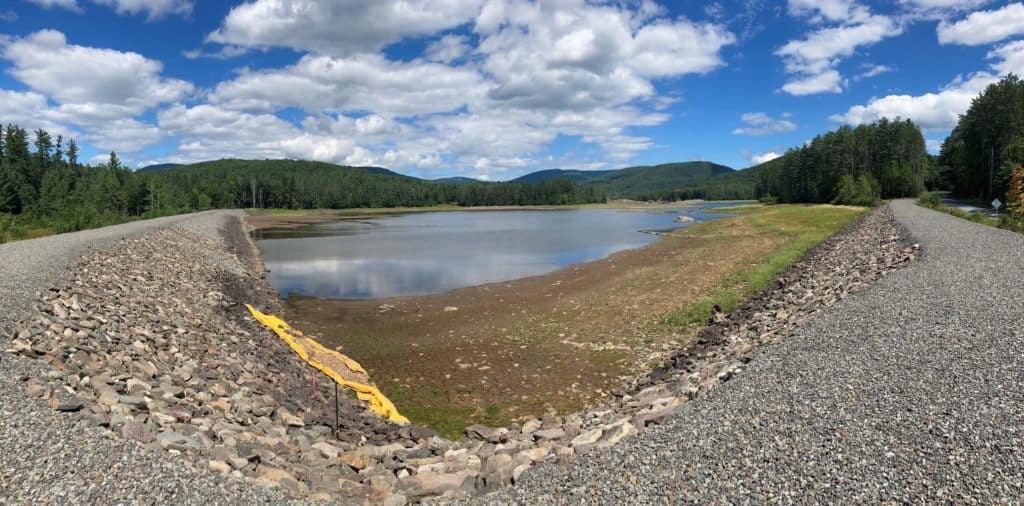
On September 6, Westchester Weekly Briefing, County Executive George Latimer gave an update on the drought conditions facing Westchester County. According to the County’s Department of Emergency Services (DES), 100% of the County is in moderate drought with 83.7% is severe drought (primarily northern part of the County. This past July was the 24th driest July on record, and 42nd driest year to date with rainfall equaling to 2.13” below normal.
With severe drought, DES warns of the increase of wildfires, damage to specialty crops yield and fruit size and a reduction in air quality.
Regarding the County’s Water Supply, each district and company is required to have an emergency supply plan. This plan is reviewed, updated, and approved by the Department of Health (DOH) every five years. Each district and company has a plan in place and ready, per the DOH requirement. Areas south of I-287 are generally reservoir or “surface water.” Areas north of I-287 are predominately well water. Decreases in well water levels are monitored by water districts and companies and is not an acute situation. If a water supply situation appears to be developing with the well system, the WCDOH is notified.
Additionally, Latimer is asking Westchester residents to take the following voluntary actions:
· Pause any use of fire hydrants for any purpose other than fire protection, public health requirements or other emergency or other authorized use.
· Serve water to patrons in restaurants, clubs or eating places only if specifically requested by the customer.
· Pause any ornamental or display use of water, including such artificial displays as fountains, waterfalls, reflecting pools, lakes and ponds.
· Pause the use of hoses for street, driveway, sidewalk and/or automobile washing.
· Restrict the watering of lawns and gardens.
· Restrict the watering of golf course roughs, fairways, tees and greens as per a water restriction plan. The County has already undertaken this measure.
· Pause use of water in the power washing of the exterior of buildings, unless a variance has been granted.
· Do not fill residential and commercial/public swimming pools more than once per year; however, spillage may be replenished.
The upstate reservoir network, operated by the NYC DEP, which supplies New York City and Westchester with its drinking water are at 76%, when under normal conditions they would be at 88%.
Approximately, 30% to 60% of domestic drinking water is used to water yards and gardens, and often large portions are wasted by over-watering, evaporation, and misdirected sprinklers that water sidewalks and driveways. The average U.S. per capita water use is 170 gallons per day (gpd). Compare that to 36 gpd in Australia, with better efficiency measures in place but still enjoying the same quality of life.





